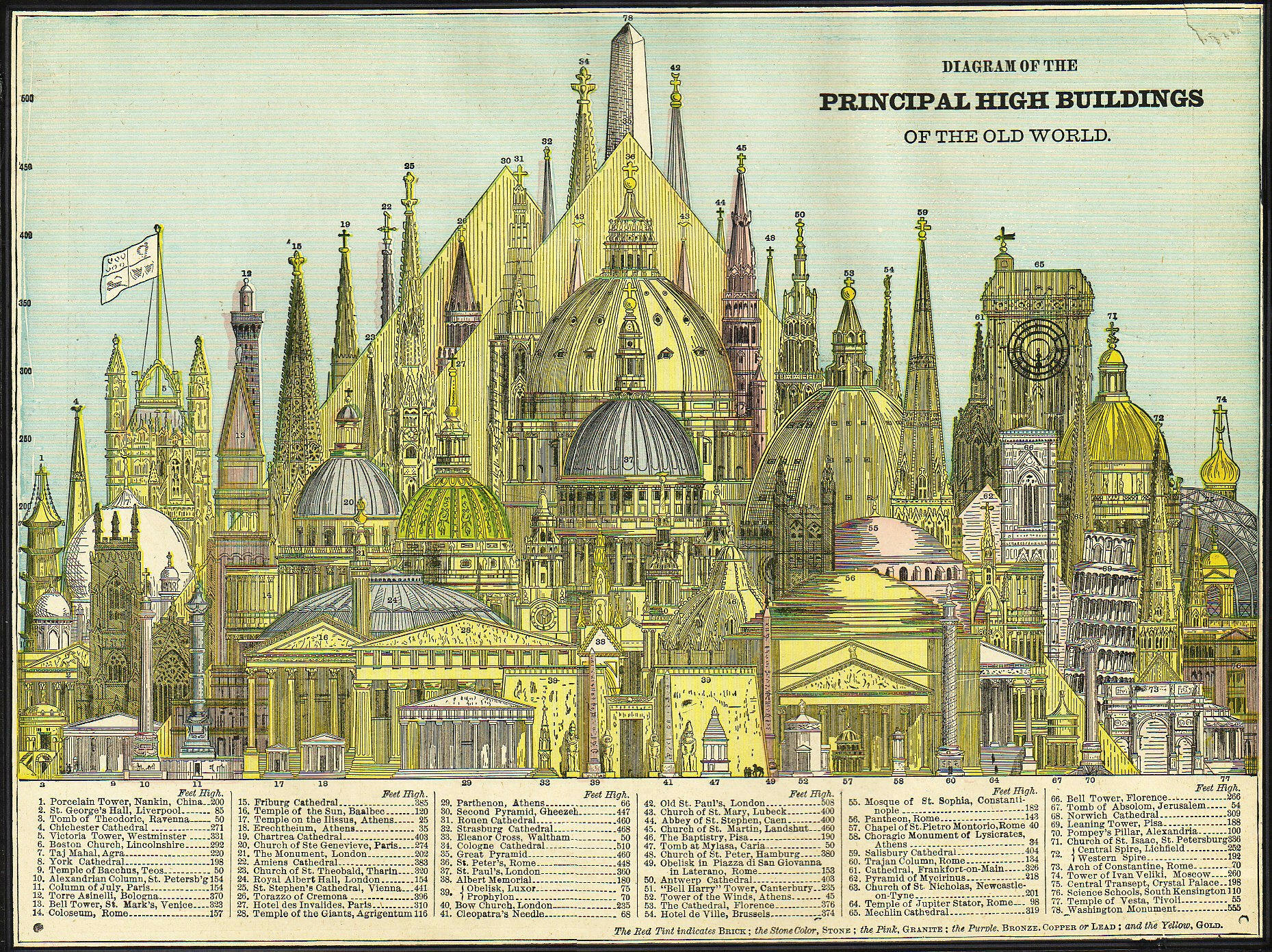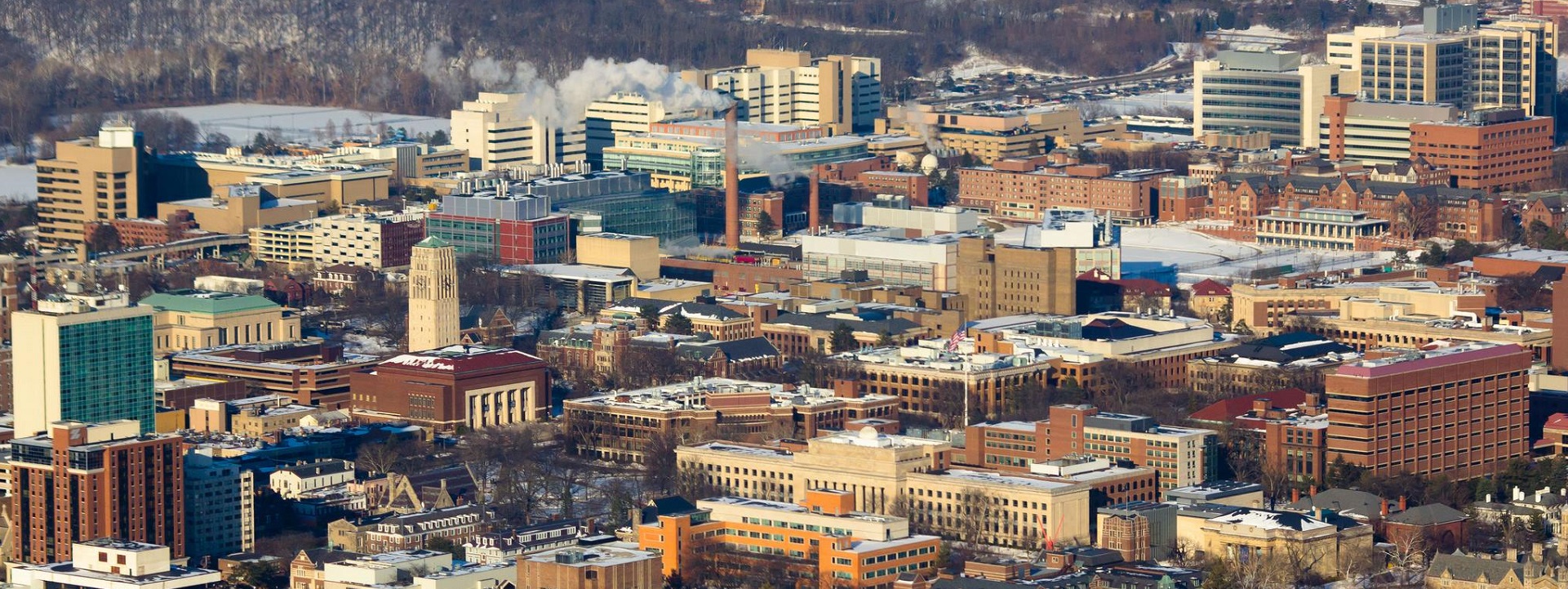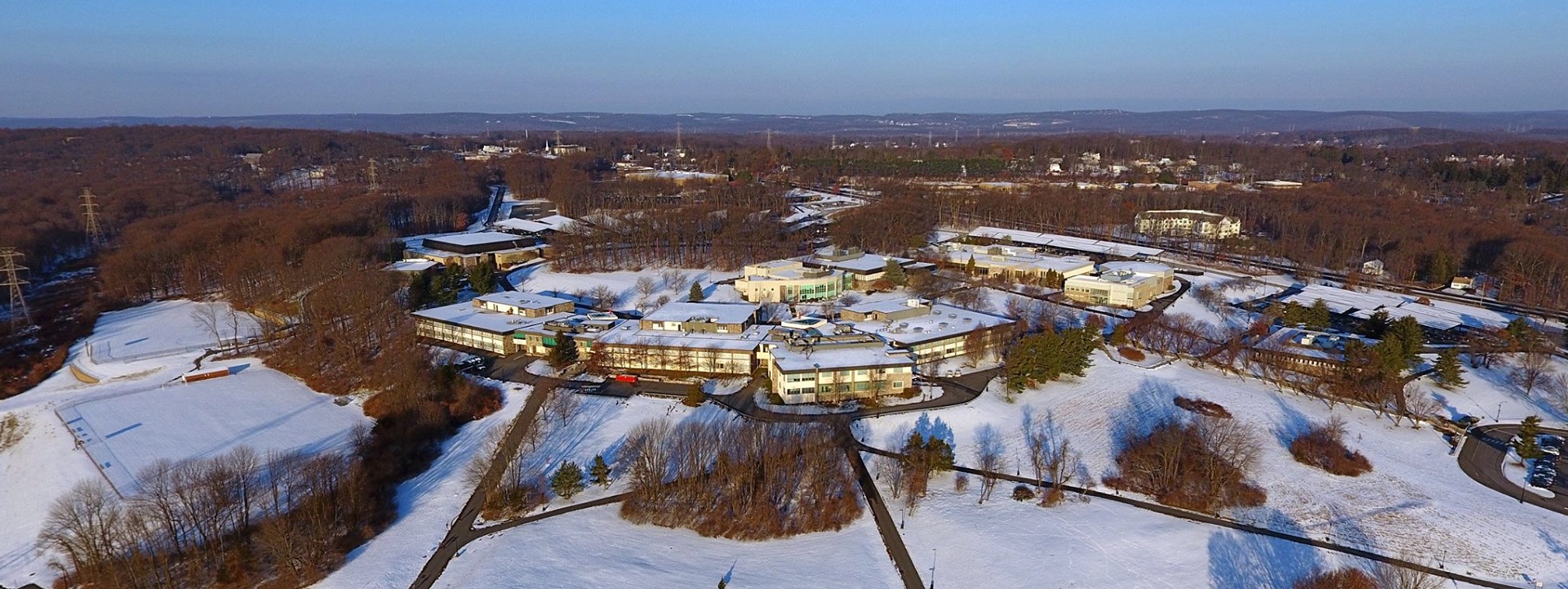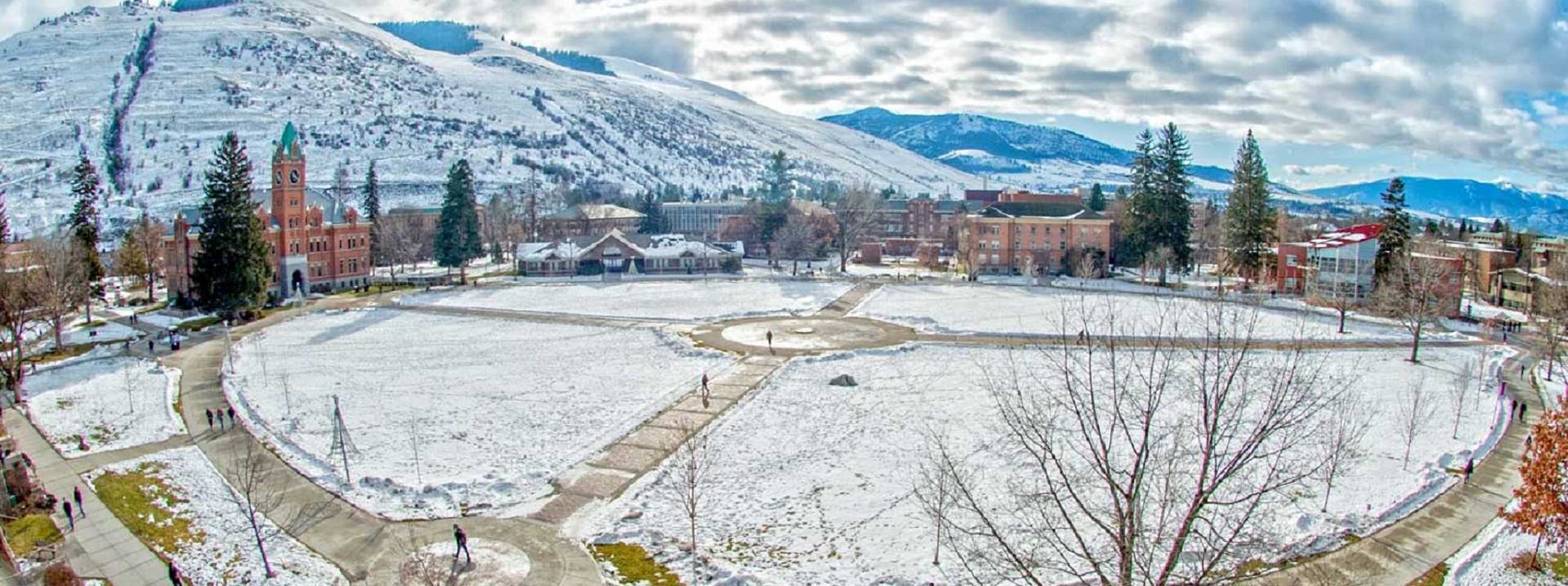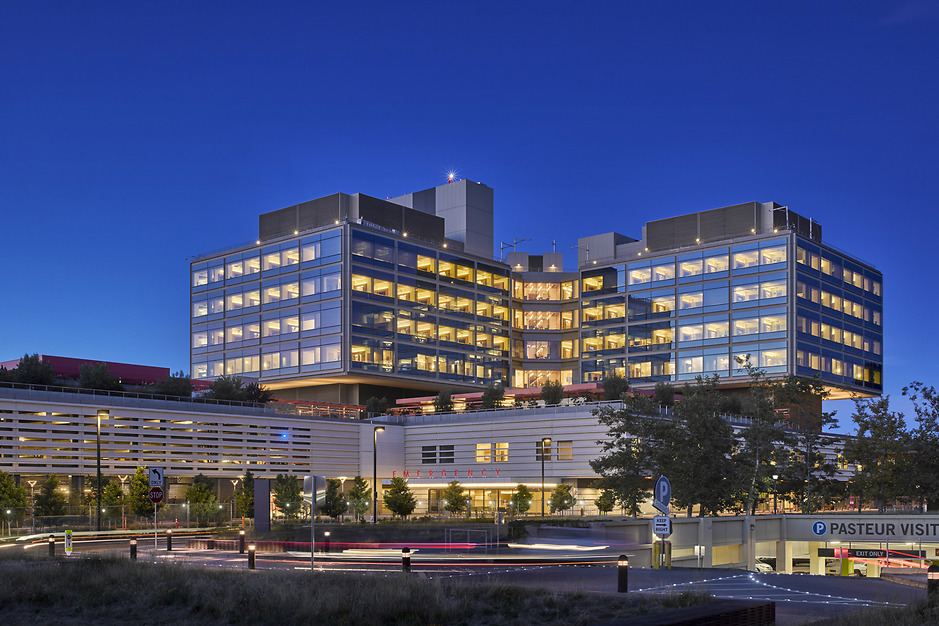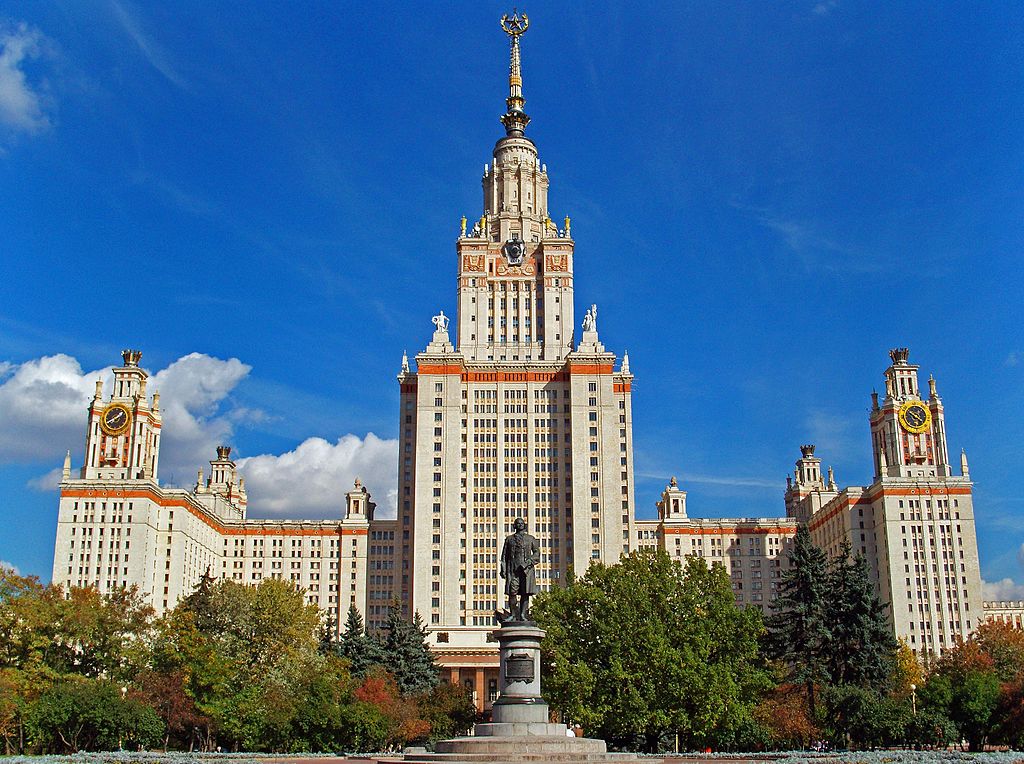Update: MARCH 6, 2025
Call for public proposals for the 2028 edition
Every earthquake, tornado, hurricane, flood and ice storm inspires a revisit of standards action and building code development that we track on behalf of the US education facilities industry. It is wise to keep pace with the full span of American Society of Civil Engineers (ASCE) regulatory product catalog because so much of the fundamental characteristics of college and university campuses–waterworks, roads, structures, energy etc.–is governed by the safety and sustainability concepts that vary from state-to state.
We follow a number of ASCE titles; among them ASCE/SEI 7-16 Minimum Design Loads and Associated Criteria for Buildings and Other Structures which describes the means for determining dead, live, soil, flood, tsunami, snow, rain, atmospheric ice, earthquake, and wind loads, and their combinations for general structural design.
Free Access to the 2002 Edition
CLICK HERE to access them both. You will need to register as a public commenter.
Background & Perspective:
As covered in previous posts, we pay special attention to how occupancy classifications are defined in the International Building Code and ASCE/SEI-7 because those definitions inform how the decisions of academic unit programmers, facility planners/managers and building design professionals contribute to our lower cost agenda.
Throughout 2019-2021 we will be following development of the next edition of the International Existing Building Code (IEBC) and its companion titles — in large measure a companion document for the safety concepts found in ASCE SEI-7 — because a great deal of construction activity in education facilities involves renovated space.
The revision cycle for the 2022 edition started earlier this year (see previous posts) and the meetings of various SEI-7 technical committees responding to public input is proceeding according to the schedule linked below:
SEI7-16 2022 REVISION CALENDAR
There are no open public consultations at this time (March 6, 2025).
The new home of the Nikola Tesla Museum will convert a century-old paper mill into a design featuring energetic loops reminiscent of electromagnetic field lines.
Check out plans to renovate Serbia’s first modern factory on the #ASCESource: https://t.co/I919XeT7am. pic.twitter.com/mvp7B1t4Ti
— ASCE Headquarters (@ASCETweets) February 21, 2025
Keep in mind that owing to weather conditions interrupting committee member travels, and the present COVID-19 pandemic contingency, some of the meetings may be cancelled or conducted online. In any case, as technical committees meet throughout 2019 exposure drafts open to public comment public will be uploaded to the ASCE public commenting facility:
More information about participating in the ASCE standards development process for this and other documents may be obtained from Jennifer Groupil (jgoupil@asce.org).
Given that it is a relatively rarified standards space, we group our tracking, discussion and prospective advocacy in the ASCE standards suite during our Construction Spend colloquia. See our CALENDAR for the next online teleconference; open to everyone.
Issue: [13-68]
Category: Architectural, Civil Engineering, Structural Engineering
Colleagues: Mike Anthony, Jack Janveja, Jerry Schulte, Patti Spence
More
Public Access to Superceded Editions of ASCE SE-7



